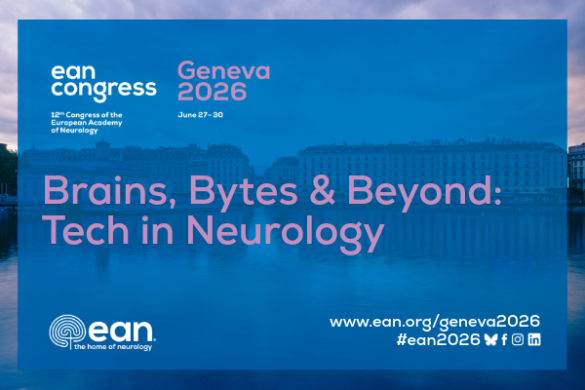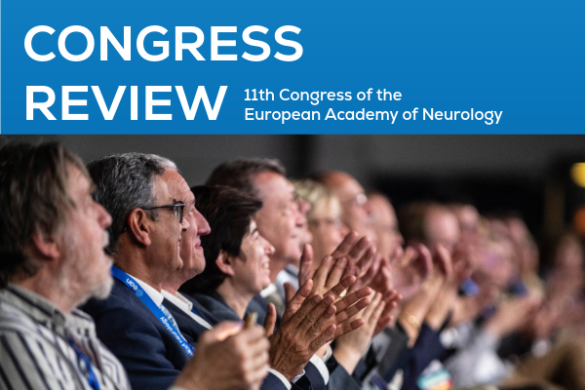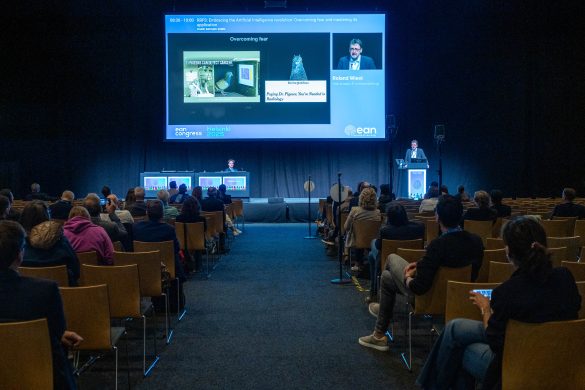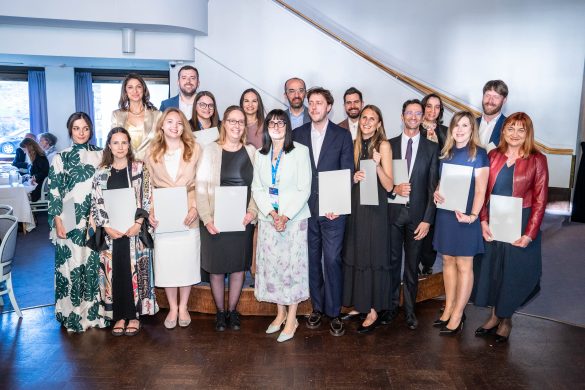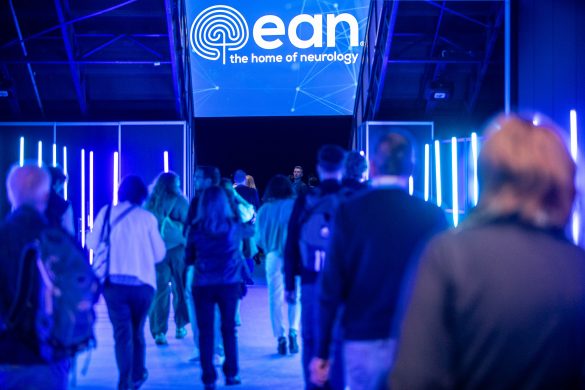by Isabella Colonna
This fantastic symposium at the EAN Congress 2025, chaired by Prof. Elinor Ben-Menachem and Prof. Maurizio Paciaroni, explored the interactions between neurology and society.
In the first part, Prof. Elinor Ben-Menachem from Sweden offered a brilliant insight into the themes of stigma and the perception of neurological disorders in Europe. She emphasised that stigma is considered by the WHO to be a major cause of discrimination and exclusion, as it can lead to social isolation, low self-esteem, reduced quality of life, and difficulties in accessing employment, housing, and even healthcare. Stigma related to epilepsy and other neurological conditions can manifest on several levels: internally, within the individual, leading to feelings of helplessness, depression, and anxiety; interpersonally, both inside and outside the family system; and institutionally, through structural discrimination in areas such as insurance. Ben-Menachem underlined the need for healthcare professionals to increase public awareness for reducing stigma and to ensure the early identification of comorbid depression. She concluded her outstanding talk by emphasising the important role of physical activity in overcoming stigma.
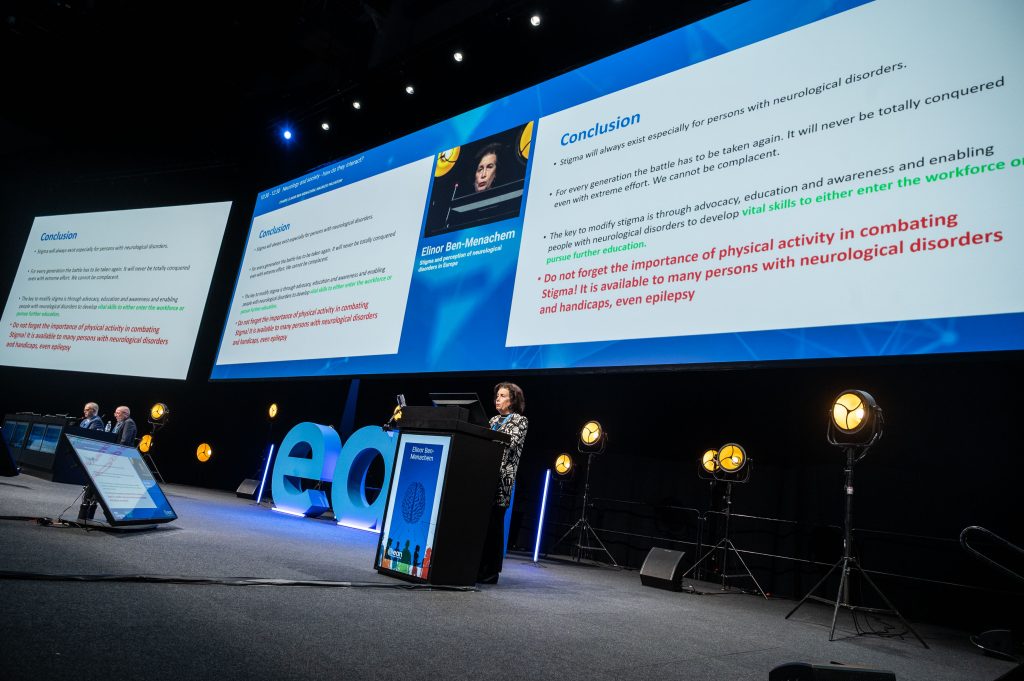
…
The second lecture, delivered by Prof. Richard Dodel from Germany, provided a compelling overview of the Cost of Illness in Neurology in Europe (COIN-EU) project. Launched in 2021 and coordinated by the European Academy of Neurology (EAN), this initiative aims to evaluate the cost of illness across 12 groups of neurological disorders, in order to assess their socio-economic burden across the 47 EAN member countries. The analysis includes direct costs (such as diagnosis, treatment, and non-medical care), indirect costs (including productivity losses in the labour market), and informal care costs (the monetised value of care provided by unpaid caregivers). During his insightful presentation, Dodel shared the current findings, highlighting that neurological disorders account for a staggering total annual cost of €1700 billion. Furthermore, he stressed how important this project is for understanding the economic burden of neurological disorders and for driving key decisions in funding, resource allocation, public awareness, and innovation.
The last lecture, delivered by Prof. Maurizio Paciaroni from Italy, focused on stroke, which is the second leading cause of disability worldwide. In his engaging talk, he emphasised that there are significant differences in stroke incidence, mortality, and resulting disability—not only at a global level, but also within Europe and even among regions of the same country. He further highlighted disparities in stroke prevention measures. For instance, he pointed out that the timing of the first neurological consultation after a transient ischemic attack (TIA) can vary considerably between countries, which is a crucial factor in effective stroke prevention. Paciaroni stressed the importance of identifying and understanding these disparities in order to address them effectively. Tackling such inequalities requires the involvement of national societies, the identification of good models or “champions”, and the promotion of quality improvement procedures.
The session concluded with a particularly lively and engaging discussion, marked by numerous questions from the audience. The high level of interaction reflected the relevance and impact of the topics addressed.






